docBrowser
docBrowser is a web-based clinical document viewing application. It comes in three different flavors, each targeting a different group of users:
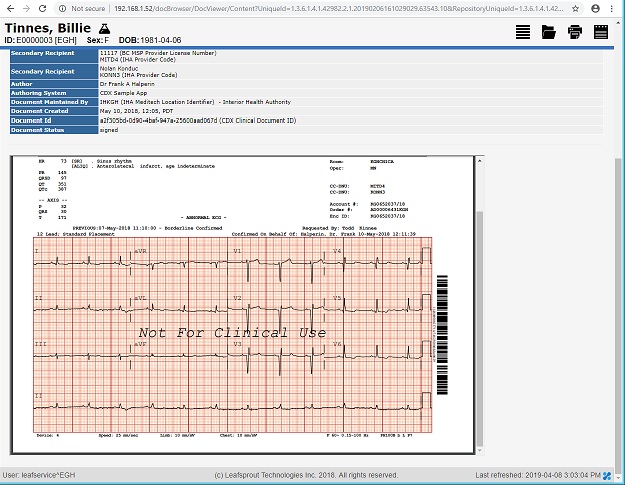
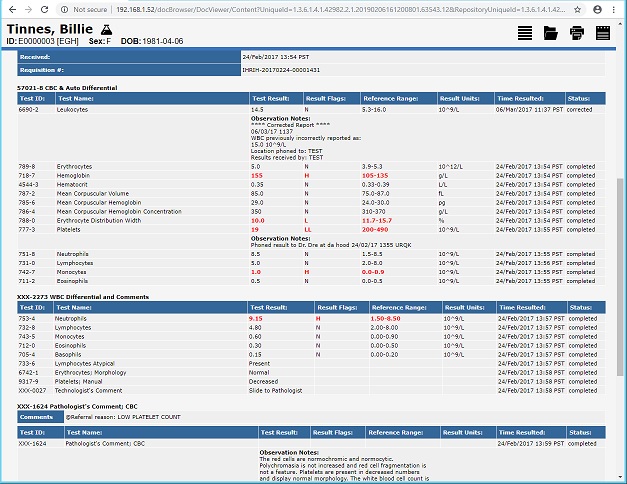
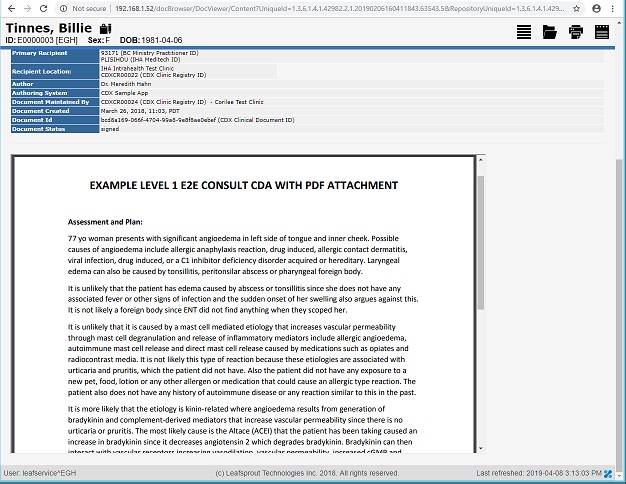 Sample screenshots of imaging content: 2D views via Leafsprout's imageView, 3D view via external plug-in
Sample screenshots of imaging content: 2D views via Leafsprout's imageView, 3D view via external plug-in
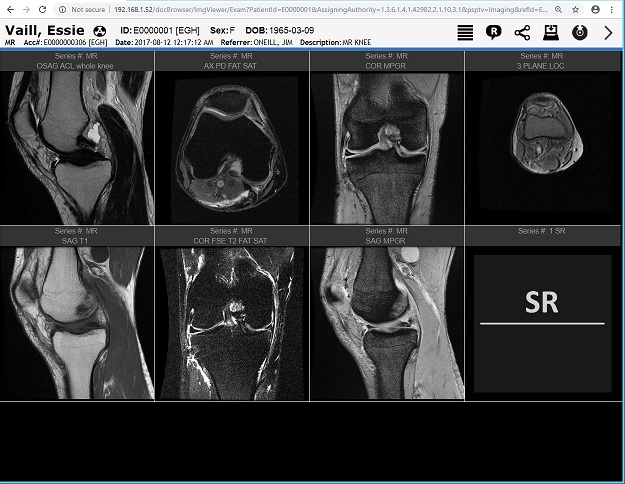
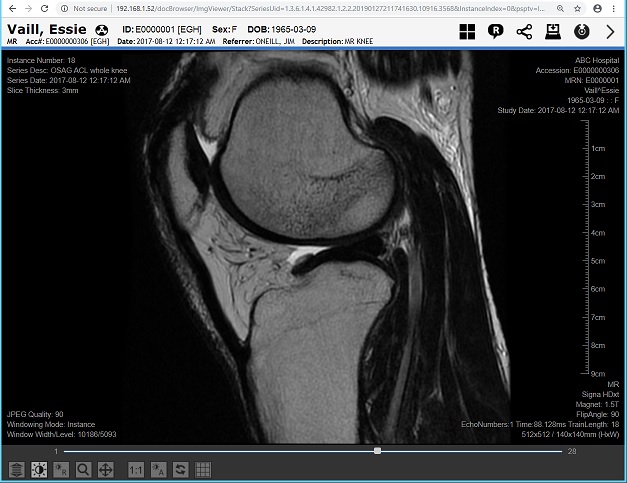
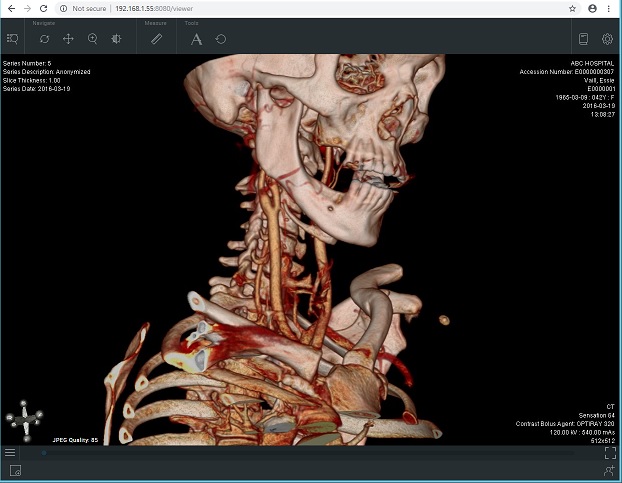 Features:
Features:
- Clinician Portal - users are assumed be clinicians and therefore can see many different patients;
- Patient Portal - users are assumed to be patients and therefore can see a limited number of patients - themselves plus their dependants only;
- Administrator Portal - users are assumed to be system administrators and have access to configuration and troubleshooting-related aspects of the system.






- Provides a patient-centric view of health record encompassing documents existing in various institutions participating in the Health Information Exchange.
- Supports a wide range of clinical document formats including text, PDF, and many different types of CDA/CCD formats, e.g., lab reports, discharge summaries, immunization content documents, emergency department notes, nursing notes, radiology and cardiology reports, labor and delivery reports, etc.
- Incorporates an imaging viewer (e.g., Leafsprout's imageView) for display of diagnostic imaging studies and reports.
- Supports imports of imaging studies into local PACS or diagnostic workstation. When importing foreign imaging exams, it allows for adjustment of relevant identifiers (e.g., patient Id, accession number) to the values that are appropriate for the local environment.
- Supports electronic referrals via optional eReferral add-on.
- Allows for comprehensive look and feel customizations for each type of clinical content. This is done via stylesheets that can be adjusted to the needs, laws, and preferences of a given enterprise/jurisdiction.
- Enforces a configurable security policy that considers patient consent, confidentiality codes, user roles, etc. when making decisions about exposing clinical documents to users.
- Generates IHE ATNA-compliant audit events whenever any access to personal health information takes place. These audit trails are sent to an Audit Repository (like auditTrail) where they can be reviewed by the Security Officer.
- Supports cross-domain user identity federation via the use of SAML. This facilitates regional deployments where different organizations manage their user identities independently (e.g., in many separate Active Directory systems).
- Offers simple URL-based integration with clinical information systems.
- Supports access via mobile devices.
- Increases productivity of healthcare providers by giving them ready access to the patient's complete medical history, including: diagnostic imaging, prescriptions, medical summaries, clinical reports, etc. generated by multiple care providers.
- Reduces unnecessary tests and improves patient outcomes by incorporating diagnostic results into the patient health record.